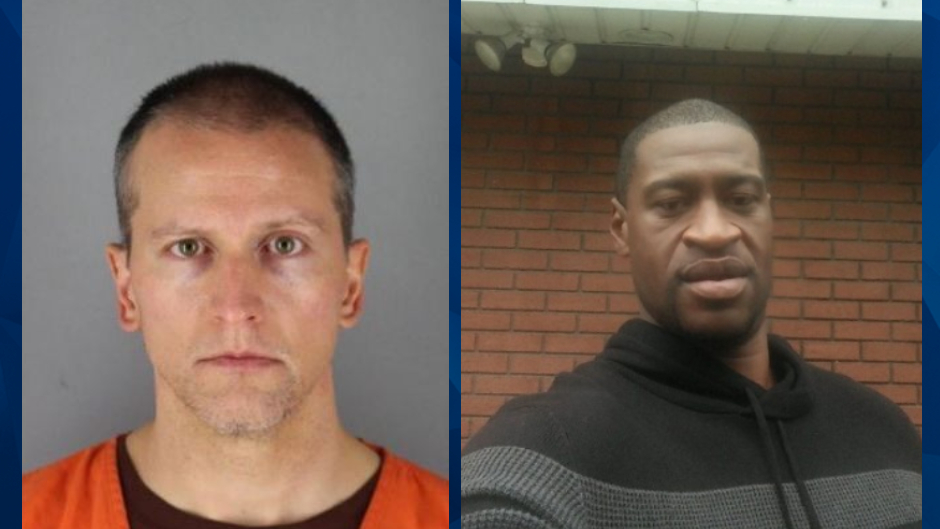On Friday, a Minnesota judge denied defense attorneys’ requests to have the Derek Chauvin murder trial delayed and moved to another city.
Hennepin County District Judge Peter Cahill did approve the defense’s bid to have information concerning George Floyd’s May 2019 arrest presented to the jury. However, he only allowed details directly related to Floyd’s medical condition — not his emotional state — in regard to that arrest, according to USA Today.
Earlier this week, Chauvin’s lead attorney, Eric Nelson, claimed Floyd’s May 2019 arrest had “remarkable similarities” to the May 2020 arrest that resulted in his death.
During the May 2019 incident, officers reportedly discovered several opioid pills and cocaine in Floyd’s possession. Paramedics at the time reportedly warned Floyd that his blood pressure was alarmingly high and took him to the hospital as he was at risk for a heart attack or stroke.
Nelson said he wanted to present evidence that he believes supports the theory that the white residue seen around Floyd’s arrest during his May 2020 arrest was the result of Floyd swallowing at least one opioid pill.
Nelson noted that in both instances — as police drew their weapons — Floyd called out for his mother, claimed to have been shot, and put what resembled pills into his mouth.
The defense asserted that Floyd had a “pattern” of ingesting drugs as he knew it would result in him going to the hospital instead of jail. They also claimed he had a penchant for acting out during arrests.
On Friday, Cahill barred the defense from presenting details about Floyd calling out for his mother during both arrests.
The Star Tribune reported that the judge allowed a portion of the bodycam footage from Floyd’s May 2019 arrest to be shown at trial. Jurors are also allowed to see Floyd’s blood pressure readings at the scene, comments he made to paramedics which pertain to his medical diagnosis, and a suspected illicit pill recovered from his car.
“Cause of death is clearly an issue here,” Cahill commented, referring to the prosecution and defense’s disagreement as to what killed Floyd.
Chauvin, 44, a former Minneapolis police officer, is charged with third-degree murder, second-degree murder, and second-degree manslaughter in connection with Floyd’s death. Three other ex-officers, Thomas Lane, 37, J. Alexander Kueng, 26, and Tou Thao, 34 are charged with aiding and abetting second-degree murder and aiding and abetting second-degree manslaughter.
On May 25, Minneapolis police officers were filmed arresting Floyd, 46, on suspicion that he used a counterfeit bill at the Cup Foods supermarket. After police pulled Floyd out of his car and handcuffed him, Chauvin was filmed forcing his knee into Floyd’s neck for eight minutes.
Floyd was heard gasping for air and saying he could not breathe before he lost consciousness and died.
While Hennepin County’s autopsy report stated that there was no evidence “to support a diagnosis of traumatic asphyxia or strangulation,” an independent autopsy asserted that sustained forceful pressure on Floyd’s neck and back led to his death. Both reports mentioned drugs in Floyd’s system but concluded his death was a homicide.
Chauvin is being tried separately from the other three former officers. Their trial is scheduled to begin this summer.
For the latest true crime and justice news, subscribe to the ‘Crime Stories with Nancy Grace’ podcast. Listen to a related episode:
[Featured image: Derek Chauvin/Hennepin County jail; George Floyd; Facebook]



